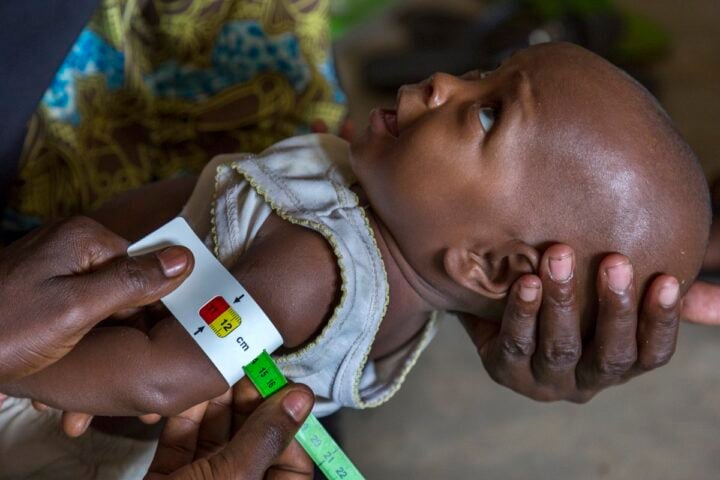The federal government says the prevalence of malaria is still higher in rural areas than in urban areas.
Osagie Ehanire, minister of health, said this on Wednesday while disclosing the findings of the 2021 Nigeria malaria indicator survey (NMIS) report at the launch in Abuja.
The minister said malaria is the leading cause of mortality in Nigeria with young children and pregnant women disproportionately affected.
He said malaria accounts for 60 percent of outpatient visits to health facilities, 30 percent of childhood deaths, 11 percent of maternal death, and 25 percent of deaths in infants.
Ehanire said the results of the 2021 NMIS reports show a decline in the national prevalence of malaria to 22 percent from 23 percent in 2018, and 42 percent in 2010.
Advertisement
“While this may not appear significant at the national level, at the sub-national substantial gains have been observed in several states. We are seeing gains being sustained in getting the general population to adopt key preventive measures,” he said.
“Fifty-sex percent of households own at least one ITN while 36% of household members, 41% of children under 5, and 50% of pregnant women slept under an ITN the night before the survey. 31% of women took at least three doses of SP/Fansidar for the prevention of malaria in pregnancy while 45% took at least 2 doses up from 17% and 40% respectively in 2018.
“When we look at the percent who slept under an ITN the night before the survey among households with at least one ITN then we see the percentages rise (59% of household members, 64% of children under 5, and 73% of pregnant women). This underscores the importance of access, and therefore our drive to use all means including rolling mass campaigns to reach the teaming populations of Nigeria with nets.
Advertisement
“But we have noted that we are still not seeing the substantial gains we wish to see. Malaria prevalence is still higher in rural areas compared to urban areas. We are observing a shift in the disease patterns among the various age groups with prevalence increasing with age, and those more than 5 years having more episodes of malaria (not tracked in the current NMIS). These call for some shifts in the way we do things especially in promoting health-seeking behaviours within the general populace.”
Add a comment






